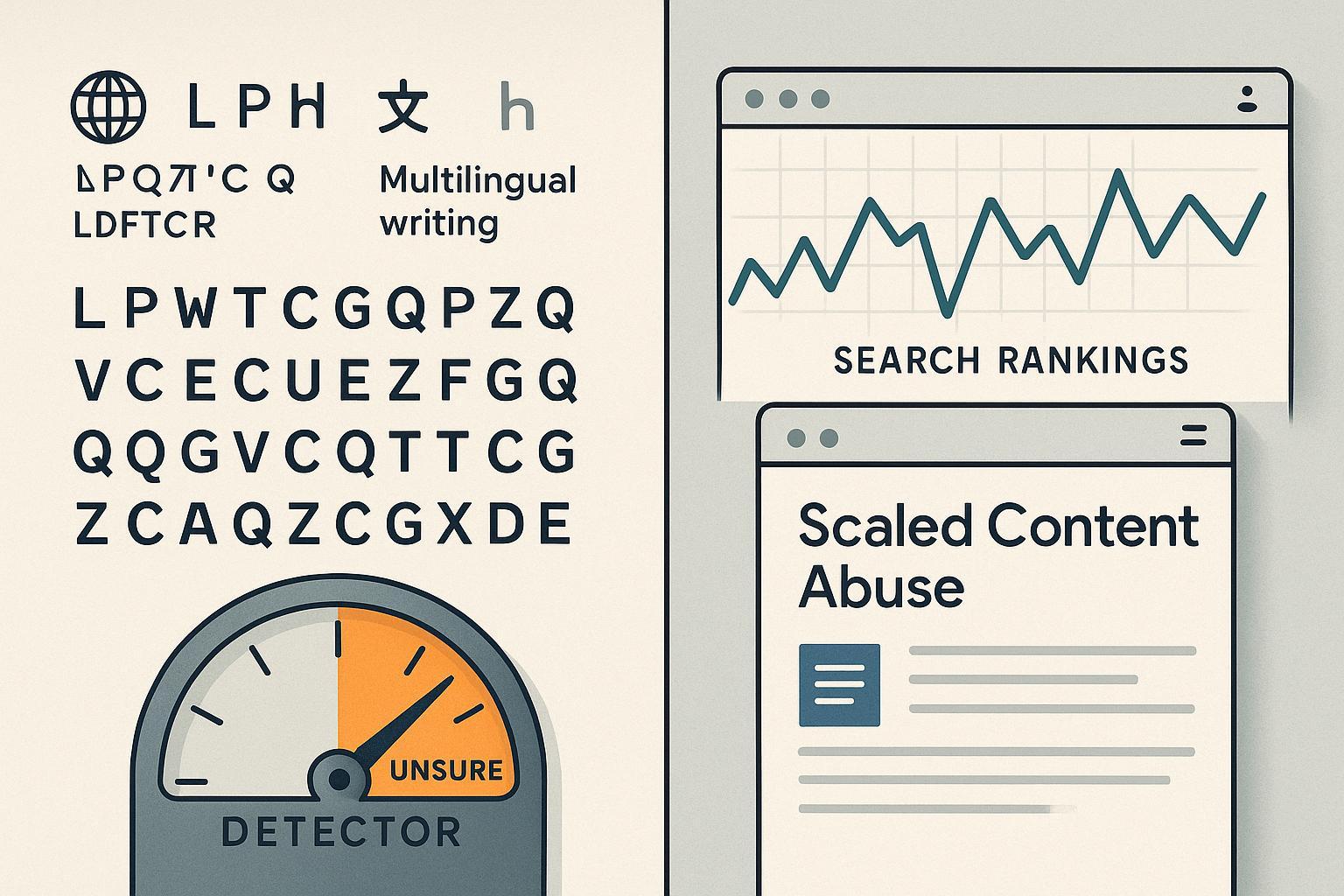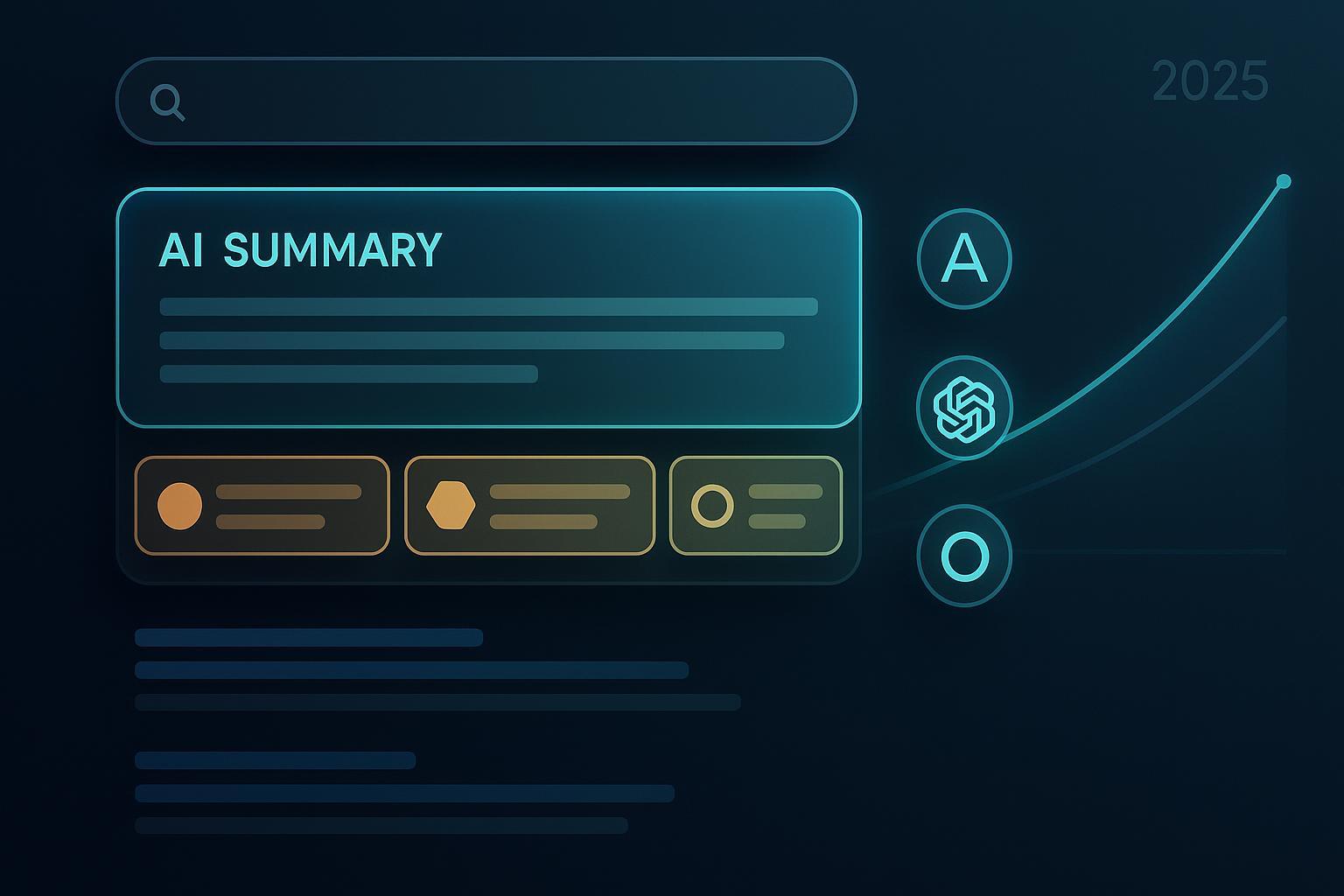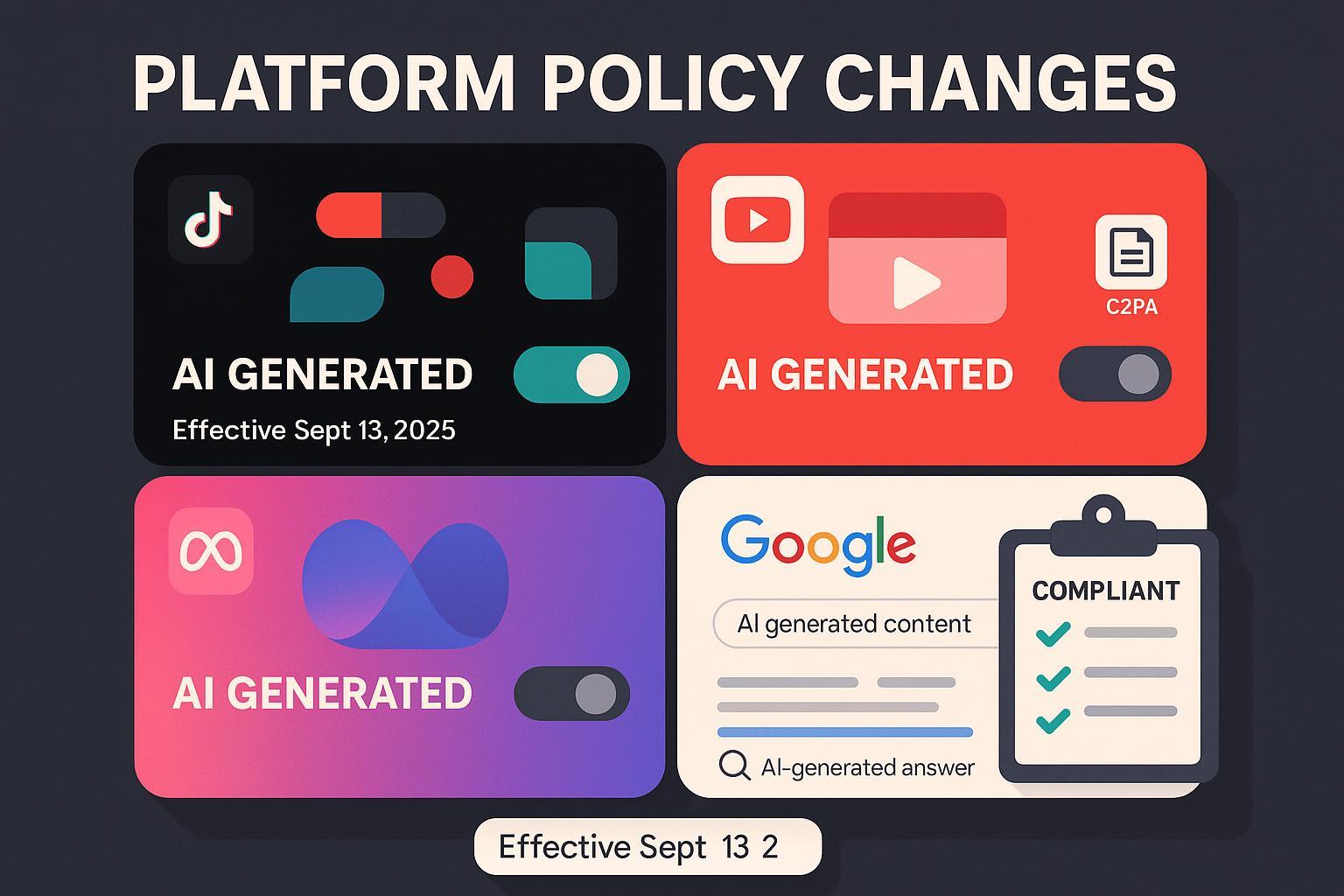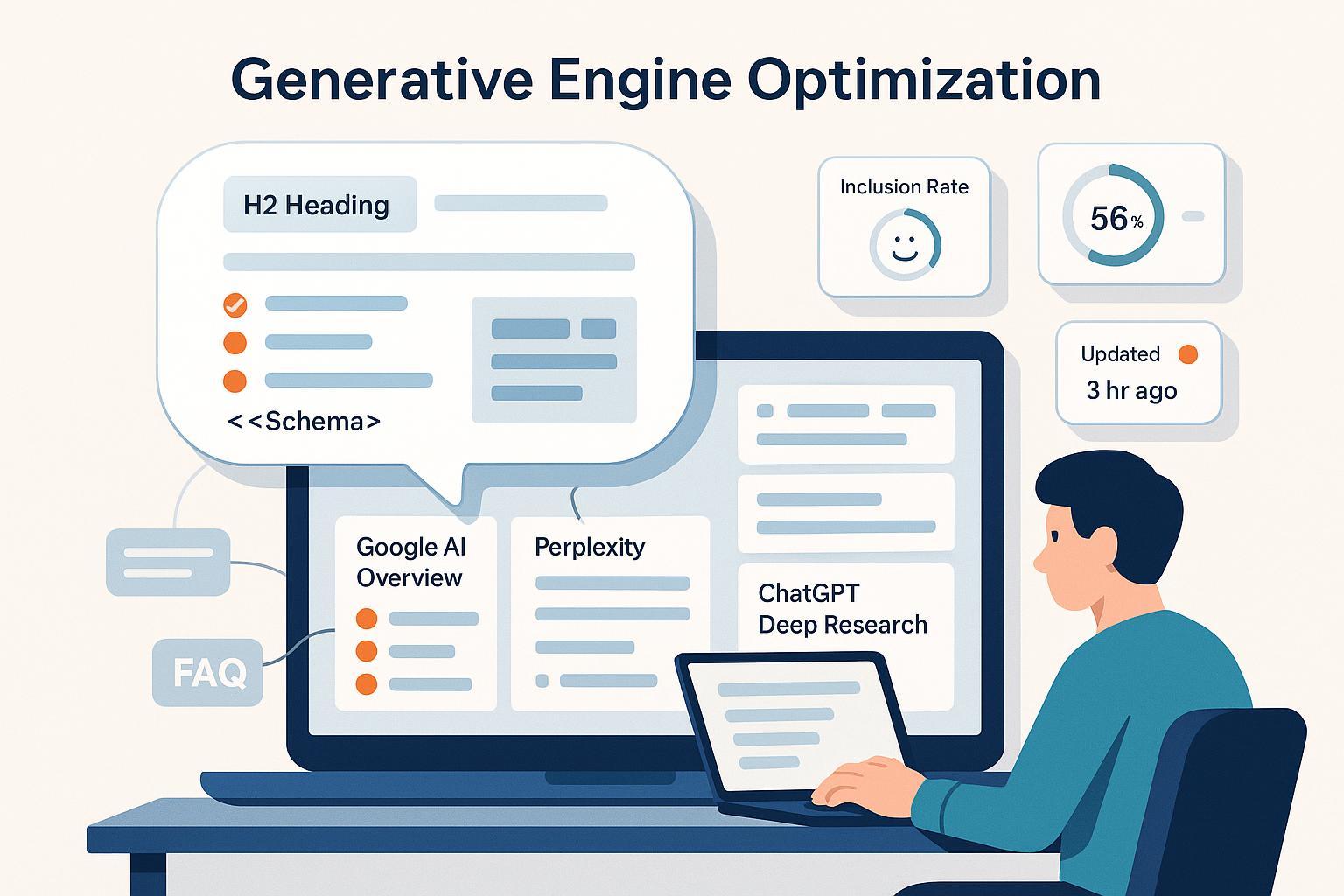OpenAI Sora 2: 2025’s AI Video Leap—What Creators Must Know Now
Discover Sora 2’s launch, native audio, and better video control—see what OpenAI’s 2025 breakthrough means for creators. Get practical tips—read now!

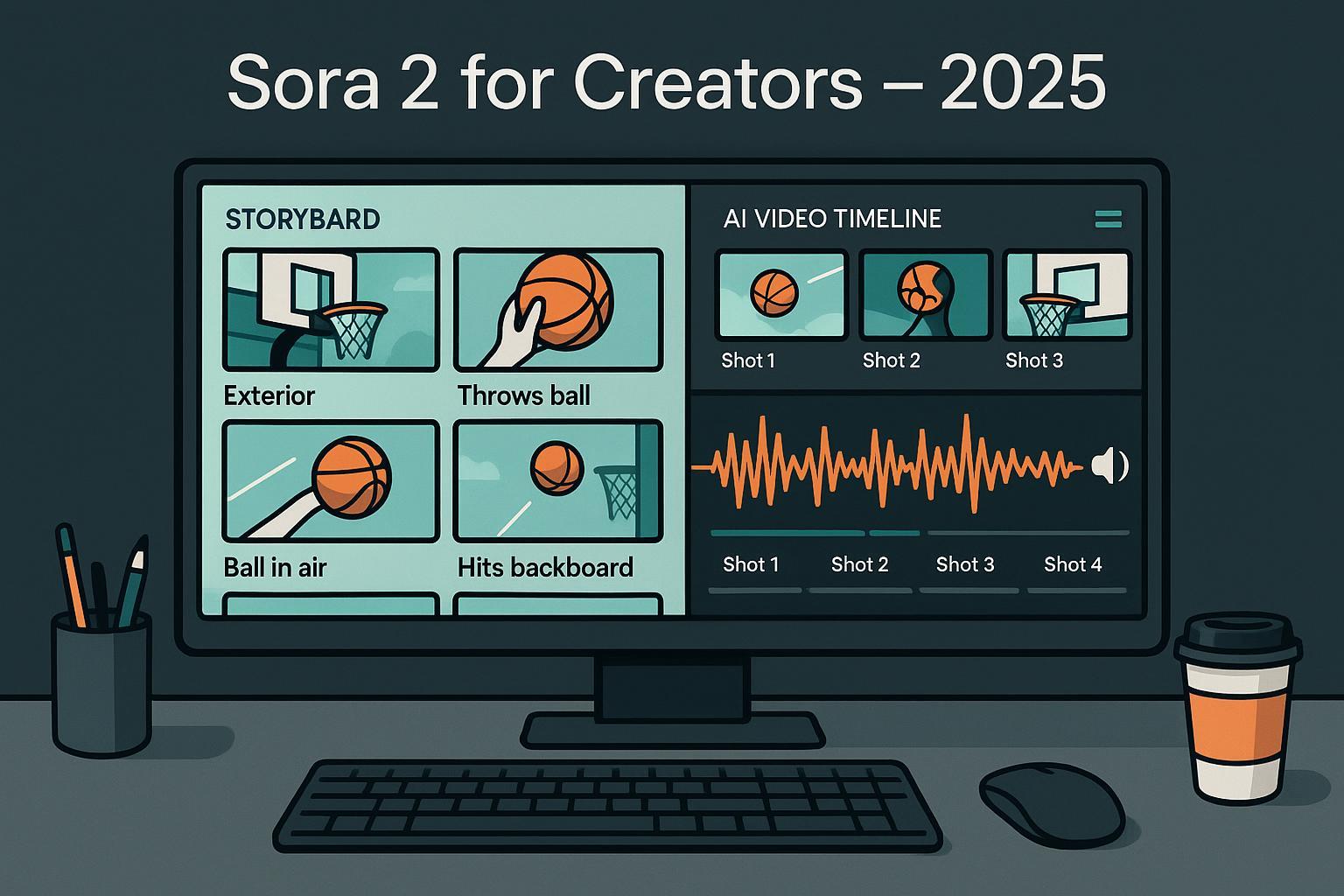
Sora 2 arrived this week with synchronized audio, stronger physics realism, and better multi‑shot control—moving AI video from “fun demo” toward practical, draft‑to‑delivery workflows. Whether it truly marks a “GPT‑3.5 moment for video” is an opinionated framing, but the creator implications are real: faster pre‑viz, social‑ready concepts, and tighter iteration loops when paired with solid governance.
Below, I’ll break down what’s actually new, how to fold it into your production pipeline, what’s still unknown, and how to safely pilot it in the first week.
What’s actually new in Sora 2
-
Native, synchronized audio generation. OpenAI describes Sora 2 as “a general purpose video‑audio generation system” that can create realistic speech, ambient soundscapes, and SFX in one pass. See the official capability notes in OpenAI’s “Sora 2 is here” (2025).
-
More faithful physics and continuity. OpenAI explicitly calls out improved adherence to real‑world physics—for instance, a missed basketball shot rebounds instead of “teleporting” into the hoop—and better persistence of world state across shots. Details are in OpenAI’s “Sora 2 is here” (2025).
-
Multi‑shot controllability. Sora 2 follows intricate, multi‑shot instructions more reliably, which matters for story beats, camera language, and character/prop consistency across a sequence, per OpenAI’s “Sora 2 is here” (2025).
-
Product layer and rollout. OpenAI launched a new social iOS app “Sora” powered by Sora 2, with a customizable feed, remixing, and “cameos,” alongside availability on sora.com; API access is planned. Context comes from OpenAI’s “Sora 2 is here” (2025) and app‑launch coverage via TechCrunch’s Sora app piece (2025).
How this changes creator workflows right now
Treat Sora 2 as a rapid concept engine that sometimes outputs publishable short‑form. A practical flow that teams can pilot today:
-
Shot ideation (6–8 beats)
- Draft a lean shot list: subject, action, camera move, lighting, and a specific audio cue for each beat.
- Example: “Beat 3 — locked‑off medium of a barista tamping espresso; tungsten key, soft rim; subtle grinder hum and steam hiss; room tone at -20 dB.”
-
Prompting patterns for control
- Keep prompts concise but structured. Repeat entity descriptors (wardrobe colors, props, set dressing) across beats to improve persistence.
- Constrain physics to reduce drift: “gentle 5 mph breeze moves the curtain; coffee cup remains upright; no liquid spill.”
- Specify camera grammar: “slow 10% push‑in,” “tripod‑steady wide,” “handheld micro‑jitter allowed.”
-
Audio strategy
- Use Sora 2’s synchronized dialogue/SFX as a draft scaffold. Replace VO and music in your DAW for the final cut until you’ve validated audio consistency channel by channel.
-
Variability control and retries
- Shorten prompt spans; break sequences into fewer beats if continuity slips.
- Anchor with a reference frame or earlier beat when feasible. Iterate with micro‑edits instead of wholesale rewrites.
-
- Conform in your editor: stabilize, color‑match, denoise, and replace scratch audio as needed.
- Keep a prompt log per beat and a change list between generations to maintain traceability for clients and legal.
Access and onboarding: what’s available today
OpenAI is rolling out Sora 2 gradually via the iOS app and sora.com, with an invite phase and notifications as your account gains access. The Help Center outlines the basics: download the app, sign in with your OpenAI account, and complete onboarding (including birthday for age protections). See the official steps in OpenAI Help Center’s “Getting started with the Sora app” (2025).
Key notes from OpenAI’s materials as of October 2025:
- Availability is iOS and web; Android is not supported yet, per the same Help Center article.
- Access is invite‑only at first with in‑app notifications; API access is planned but not yet available, per OpenAI’s “Sora 2 is here” (2025).
- OpenAI says Sora 2 is “initially free with generous limits,” but no specific caps are published; treat limits as evolving, per OpenAI’s “Sora 2 is here” (2025).
Distribution reality: plan for discovery, not just generation
Publishing is only half the job; you’ll want to observe how AI‑generated videos propagate across social and how they’re referenced in AI answers. For teams tracking where their brand or campaign appears in AI search surfaces, it’s useful to monitor AI citations and mentions across engines.
- If you’re responsible for brand measurement, consider setting up a lightweight post‑publish watch on AI answers for your campaign keywords and creator handles to see when and how they get referenced for different queries. This can inform creative iteration and metadata choices on future drafts.
First product mention (allowed zone): It’s practical to track your AI presence using a brand‑safe monitoring tool focused on AI search visibility across ChatGPT, Perplexity, and Google AI Overview.
Disclosure: Geneo is our product.
Governance and provenance by design (safety is a creative enabler)
Sora 2 launches with default provenance signals and controls that, when used intentionally, can reduce downstream risk and speed approvals.
-
Watermarks and C2PA metadata. OpenAI states that all outputs carry a visible watermark at launch and embed C2PA metadata, with additional internal detection tooling. See OpenAI’s “Launching Sora responsibly” (2025) and the Sora 2 System Card (OpenAI PDF, 2025).
-
Likeness and cameo controls. You control who can use your cameo, can revoke access, and can review/delete videos featuring your cameo. OpenAI documents these controls in “Launching Sora responsibly” and in Help Center guidance on cameos.
Actionable governance checklist for teams:
- Preserve visible watermarks and C2PA metadata unless policy dictates otherwise; if you remove or crop for a specific channel, record the rationale.
- Secure explicit consent for likenesses and voice references; avoid minors unless policies explicitly allow and you have legal clearance.
- Maintain a prompt log and asset ledger linking briefs → prompts → generations → final edits for auditability.
- Add creator disclosures consistent with platform norms where AI tools were materially used.
Monitoring performance and iterating
After publishing, treat the first 72 hours as your learning window.
-
Instrument your experiments. Track cycle time (brief → draft → publish), rejection rate, average takes per beat, and watch‑through rate per platform. Correlate performance with prompt constraints (physics cues, camera language), and with any audio replacement vs. native audio choices.
-
Iterate your metadata. Refine titles, descriptions, and on‑screen text that appear in frames 0–2 seconds for Shorts/Reels/Stories and in thumbnails for longer formats.
-
Build a repeatable playbook. For teams maturing their approach to AI distribution, explore Generative Engine Optimization (GEO) playbooks for planning and governance, and tactical guidance on driving AI search citations as your campaigns begin showing up in answer engines.
What to test in your first week
- A/B the audio plan: native Sora dialogue/SFX vs. DAW‑replaced VO/music on otherwise identical cuts.
- Continuity stress tests: repeat characters/props across 3–5 shots with strict wardrobe/prop descriptors to chart persistence drift.
- Physics prompts: explicitly constrain forces (wind, gravity cues, object stability) and measure how often outputs comply.
- Camera grammar: compare “locked‑off wide” vs. “slow push‑in” vs. “handheld micro‑jitter” for perceived realism and retention.
- Failure handling: when generations diverge, shorten prompts, add an anchor frame, or split beats; log which fix recovers control fastest.
Known unknowns (October 2025)
These items remain unpublished or evolving as of today:
- Specific numeric caps (length, resolution, fps) and pricing tiers. OpenAI characterizes Sora 2 as “initially free with generous limits,” but without detailed caps yet, per “Sora 2 is here.”
- API timing. OpenAI says it “plans to release Sora 2 in the API,” but has not provided a schedule, per “Sora 2 is here.”
- Regional expansion cadence and Android availability timelines. The Help Center states iOS and web are available now and that Android is not supported.
For authoritative details on capabilities, rollout, and safety, refer to OpenAI’s “Sora 2 is here” (2025), OpenAI Help Center’s “Getting started with the Sora app” (2025), OpenAI’s “Launching Sora responsibly” (2025), and the Sora 2 System Card (OpenAI PDF, 2025). For contextual reporting on the app launch, see TechCrunch’s 2025 coverage once.
Change‑log and update cadence
Updated on 2025‑10‑05
- Initial publication with capabilities, onboarding, governance, and first‑week pilot guidance.
- Tracking next: geographies (iOS/web rollout), usage limits/pricing, API availability, provenance defaults, and commercial guidance.
Bottom line
Sora 2 meaningfully compresses the time from idea to a watchable draft by combining video and synchronized audio with better continuity and physics—but it doesn’t replace editorial judgment, rights clearance, or finishing. Treat it as a high‑speed pre‑viz and, when quality permits, a direct‑to‑social engine. Start small, measure rigorously, embrace provenance, and build team governance now so you can scale with confidence as access broadens in 2025.
If you lead a brand or creator team, consider establishing a lightweight post‑publish monitoring routine and a governance checklist alongside your Sora trials. As the ecosystem matures, a disciplined approach to production, safety signals, and distribution will separate “cool demos” from durable, repeatable results.


